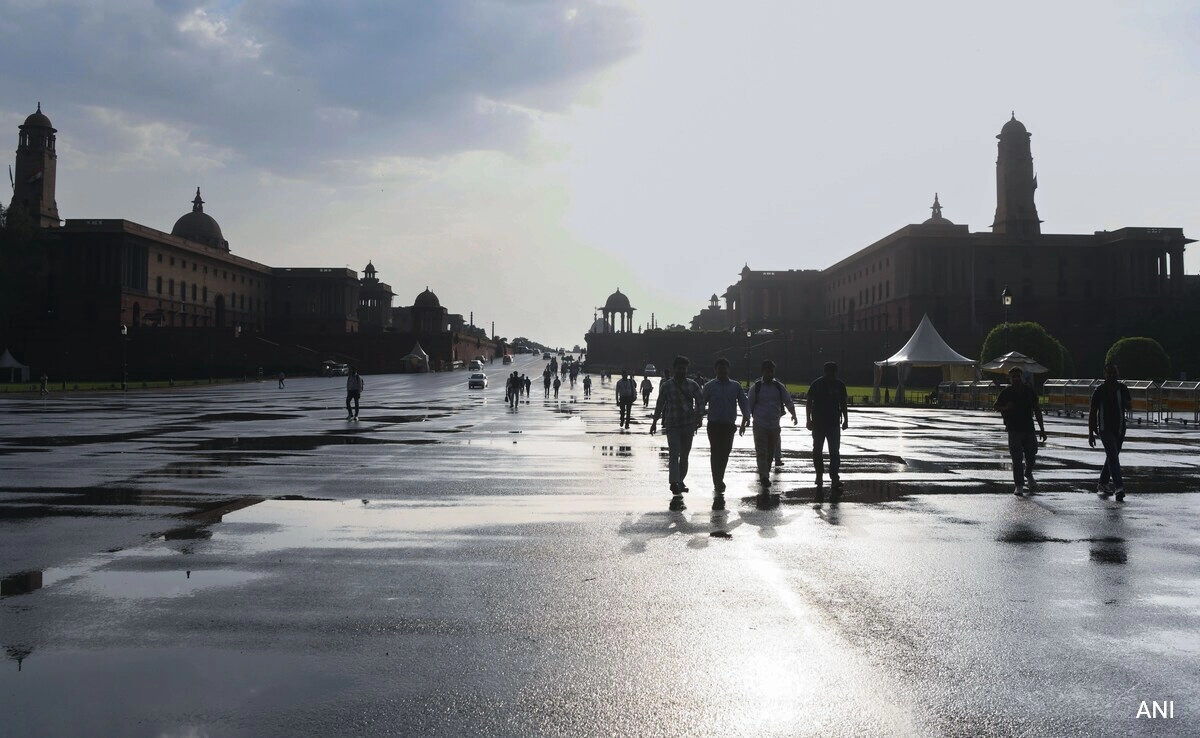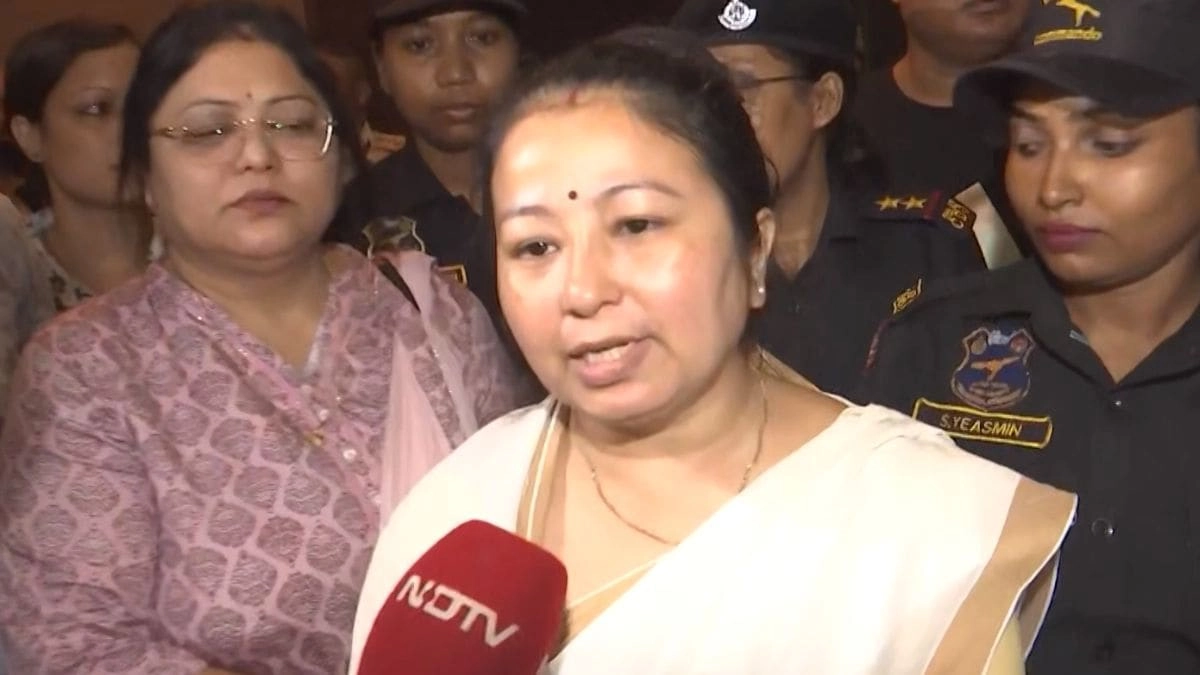Delhi has recorded its wettest May on record, with relentless rainfall causing significant disruptions across the city. The monsoon-like conditions have drenched the capital, leading to waterlogging in various areas, traffic snarls, and interruptions in daily life. With an unprecedented amount of rainfall measured over the month, residents have faced challenges ranging from flooded streets to delayed public transportation. The heavy downpours have resulted in not only inconvenience but also raised concerns about infrastructure and preparedness for such extreme weather conditions.
The unusually high precipitation has been attributed to a combination of meteorological factors, including an active western disturbance and the influence of local weather patterns. As the city grapples with the aftermath of the rains, governmental agencies have been mobilizing resources to address the immediate needs of affected residents. Emergency services have been on high alert, working to clear waterlogged roads and restore normalcy. Moreover, the excessive rainfall has sparked discussions among environmentalists and urban planners about the need for improved drainage systems and sustainable urban development to better cope with the impacts of climate change.
In addition to the disruptions, the wet weather has also had broader implications for the environment and public health. While the rains can replenish groundwater levels and provide relief from the sweltering heat, they also pose risks such as waterborne diseases and vector-borne illnesses. As the city navigates through this challenging phase, the focus remains on ensuring the safety and well-being of its citizens. Authorities are urging residents to remain cautious, especially in areas prone to flooding, as they work towards a comprehensive plan to mitigate the effects of such extreme weather events in the future.




